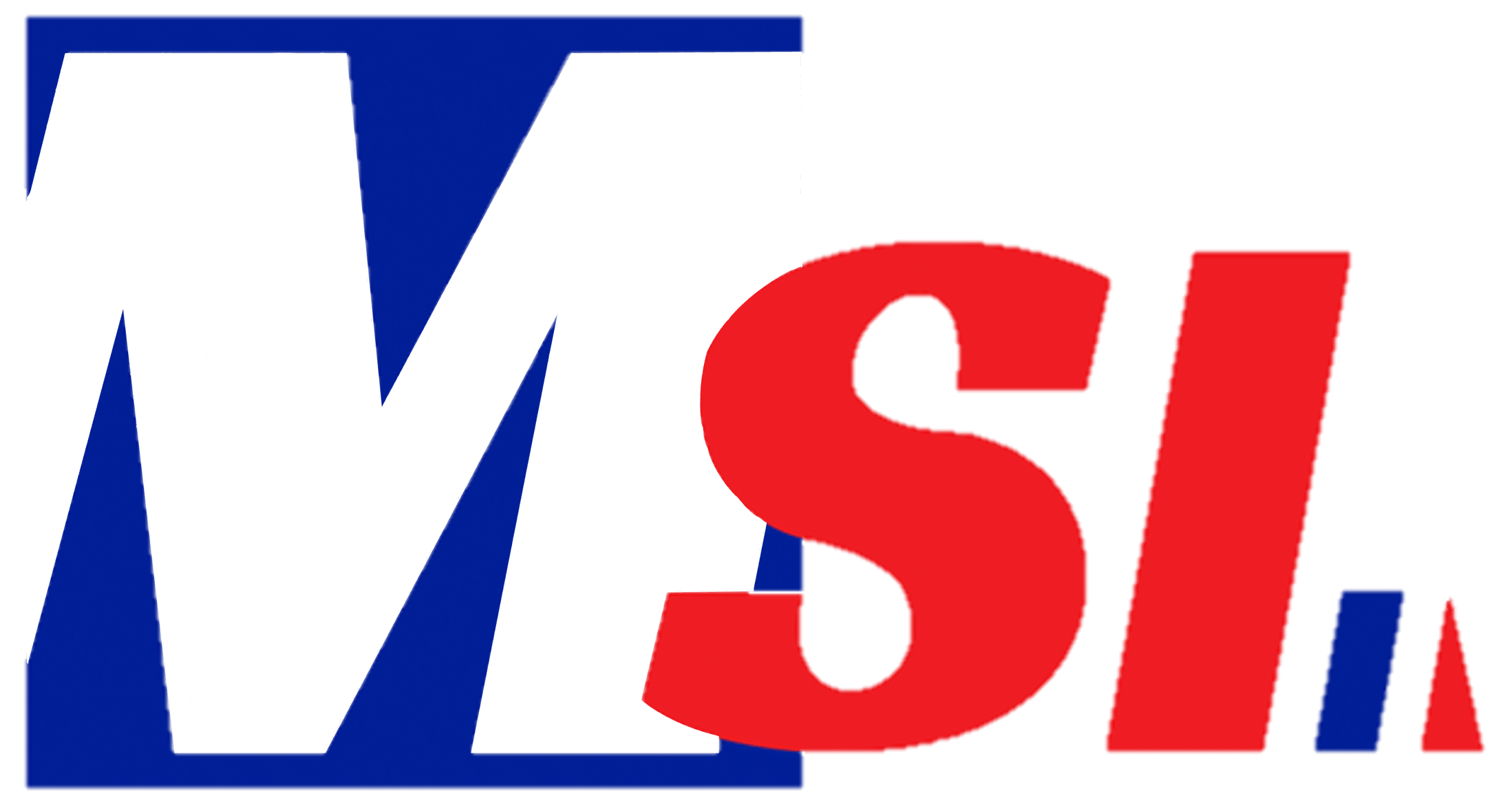Validation defined by Webster is “an act, process, or instance of validating.” When presented with a new project requiring injection molding, the process of validation includes action, review of process, and validating. Both the manufacturer and client receive valuable insight and assurances when a quality project validation program is implemented.
Let’s take a brief look at the three core segments of a strong Project Validation process.
ACT
Gaining as much information as possible during the pre-quoting process regarding the project is vital to developing a quality Project Validation. As salespeople, we often overlook the important details of a new project or transfer project our colleagues in Quality Assurance, Purchasing, Scheduling, and Engineering require. The more details secured regarding a project early in the process the more effective and productive the entire team will be in developing a comprehensive Project Validation.
PROCESS
Each project requires establishing a process. The RFQ is often thought of as being completed early; however, prior to completion and submitting, there are several questions that directly relate to submitting a quality quote. Becoming aware of all aspects related to a project can directly impact if you are awarded the business or not. Taking short cuts, avoiding important questions related to project engineering or tooling, and forgetting to confirm prints and material often result in lost opportunities or misunderstandings between manufacturer and client.
VALIDATING
The efforts involved in the ACT and PROCESS stages allow you to validate. When validating, you review the desires and requirements of the client, as well as the demands the project requires of you – the manufacturer – to produce and provide a flawless product. You also confirm you can produce the product for the life of the project at a competitive price. Using the input from your colleagues in Quality Assurance, Purchasing/Scheduling, and Engineering, the project is then validated.
Creating a high level of confidence for the client and building project empathy internally underscores the need for a solid Project Validation. Both the client and manufacturer benefit when validation is accomplished.
